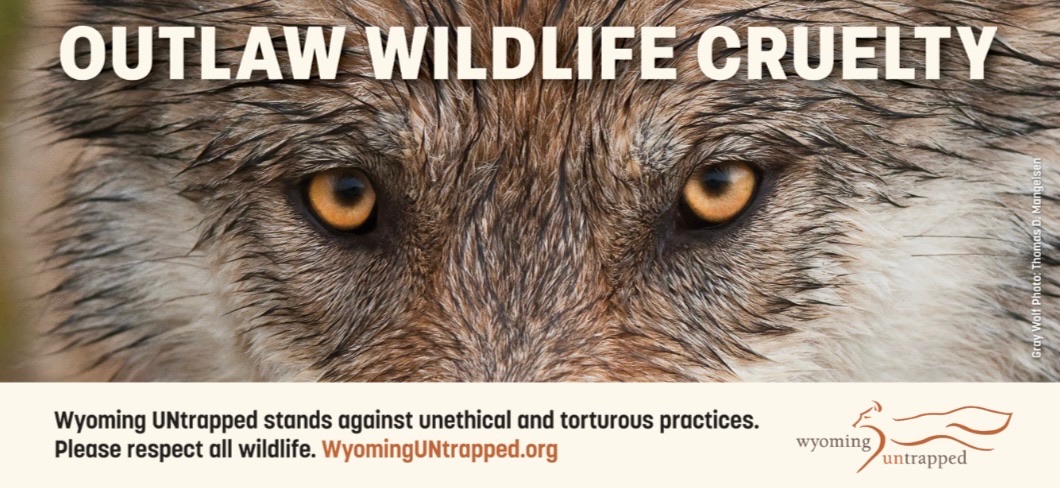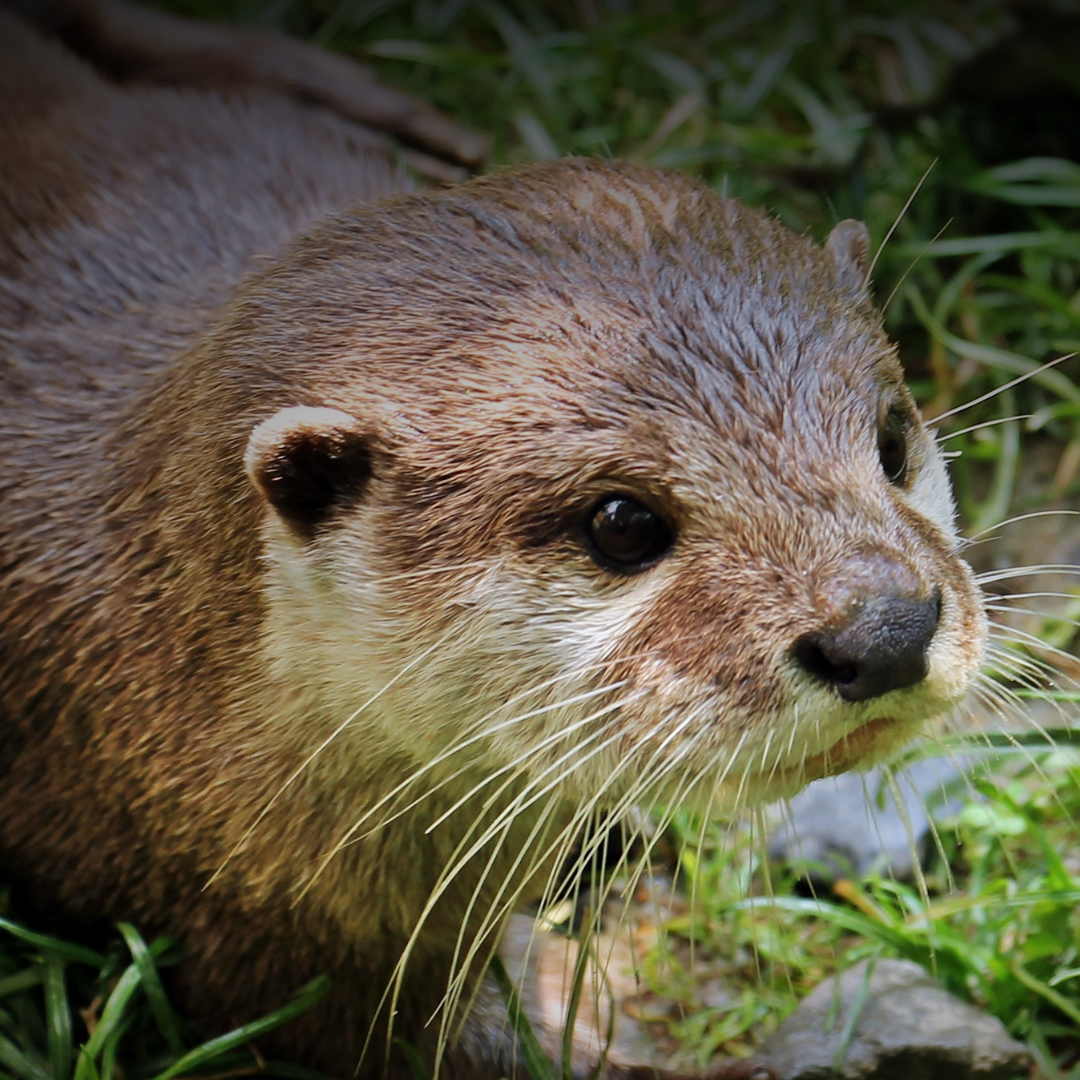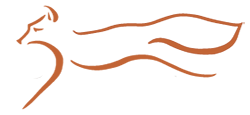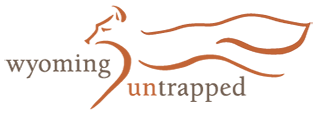Public comment open for Wyoming State Wildlife Action Plan revisions
The Wyoming Game and Fish Department has initiated the revision process for Wyoming’s State Wildlife Action Plan (SWAP), which is updated every 10 years. The Department is currently soliciting input on how the 2017 SWAP has been used, which will help inform the 2027 revision. Public comment will be accepted through June 6, 2025.
Each state develops and maintains a SWAP, which contributes to a nation-wide strategy for conserving at-risk species and habitats. These plans are created through partnerships with state and federal agencies, non-governmental organizations and stakeholders who work on conservation efforts in Wyoming. Through this collaboration, SWAPs identify priority actions for groups throughout the state and unlock funding to be used for projects.
“The goal of Wyoming’s SWAP is to proactively conserve our species and their habitats,” said Rhiannon Jakopak, State Wildlife Action Plan Coordinator for Game and Fish. “By identifying conservation priorities it allows us to coordinate our efforts for the greatest impact.”
Wyoming’s first SWAP was created in 2005. Updates to incorporate new information and consider emerging challenges were conducted in 2010 and 2017. The current revision was initiated in 2024, and is planned to be finalized and submitted to the U.S. Fish and Wildlife Service by June 30, 2026. Additional public input will be solicited for the updated SWAP draft in spring 2026.
~
The SWAP Focuses On:
-Species of Greatest Conservation Need (SGCN)
-Threats and critical research needs
-Threats and critical research needs|
-Conservation priorities and actions
-Long-term monitoring and adaptive strategies
-Public participation — the heart of the process
-Coordination with tribes, agencies, and conservation partners
~
How the SWAP Revision Works:
-2024–2025: Experts and partners gather data, draft strategies, and map conservation goals.
-2025: Public voices like yours help shape the final plan through comments, surveys, webinars, and local meetings.
-2026–2027: Final review and approval by Wyoming Game & Fish and the U.S. Fish & Wildlife Service.
-Beyond: Real conservation projects are launched, monitored, and adapted over the next decade.
~


COMPLETE THE SURVEY
The survey will take approximately 7 minutes, available until 5 pm on June 6, 2025.
Your Voice Matters
Once this comment window closes, we won’t have another opportunity like this until 2037!
Your input will guide how we prioritize conservation efforts, where we invest critical funding, and how we confront major challenges like invasive species, habitat loss, and climate change.How to get involved
Public, stakeholder and partner engagement is a key component of the SWAP. You can share how you used the 2017 SWAP and identify ways to improve the 2027 SWAP through a survey. The survey will take approximately 7 minutes, and it will be available until 5 pm on June 6, 2025.
In spring 2026, the Wyoming Game and Fish Department will make a complete draft of the plan available for public comment. If you have comments or questions, please reach out to the State Wildlife Action Plan Coordinator Rhiannon Jakopak at rhiannon.jakopak@wyo.gov.
Contact List
State Wildlife Action Plan
Coordinator for WGFD:
Rhiannon Jakopak
rhiannon.jakopak@wyo.gov
Talking Points
How should you say it? We offer suggested Talking points, sample comment ideas, and inspiration to help you make your voice heard—whether you’re a seasoned advocate or speaking up for the first time.
Together, we can leave a legacy of thriving wildlife, healthy habitats, and wild beauty for the next generation. Let’s be the voice they need!
Let’s identify conservation priorities, enabling the coordination of efforts for maximum impact.
- WU is preparing talking points and will provide them in the days ahead:
- xxxxxxxxxxxxxxxxx
- xxxxxxxxxxxxxxxxx
- Standby for talking points


